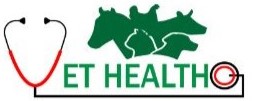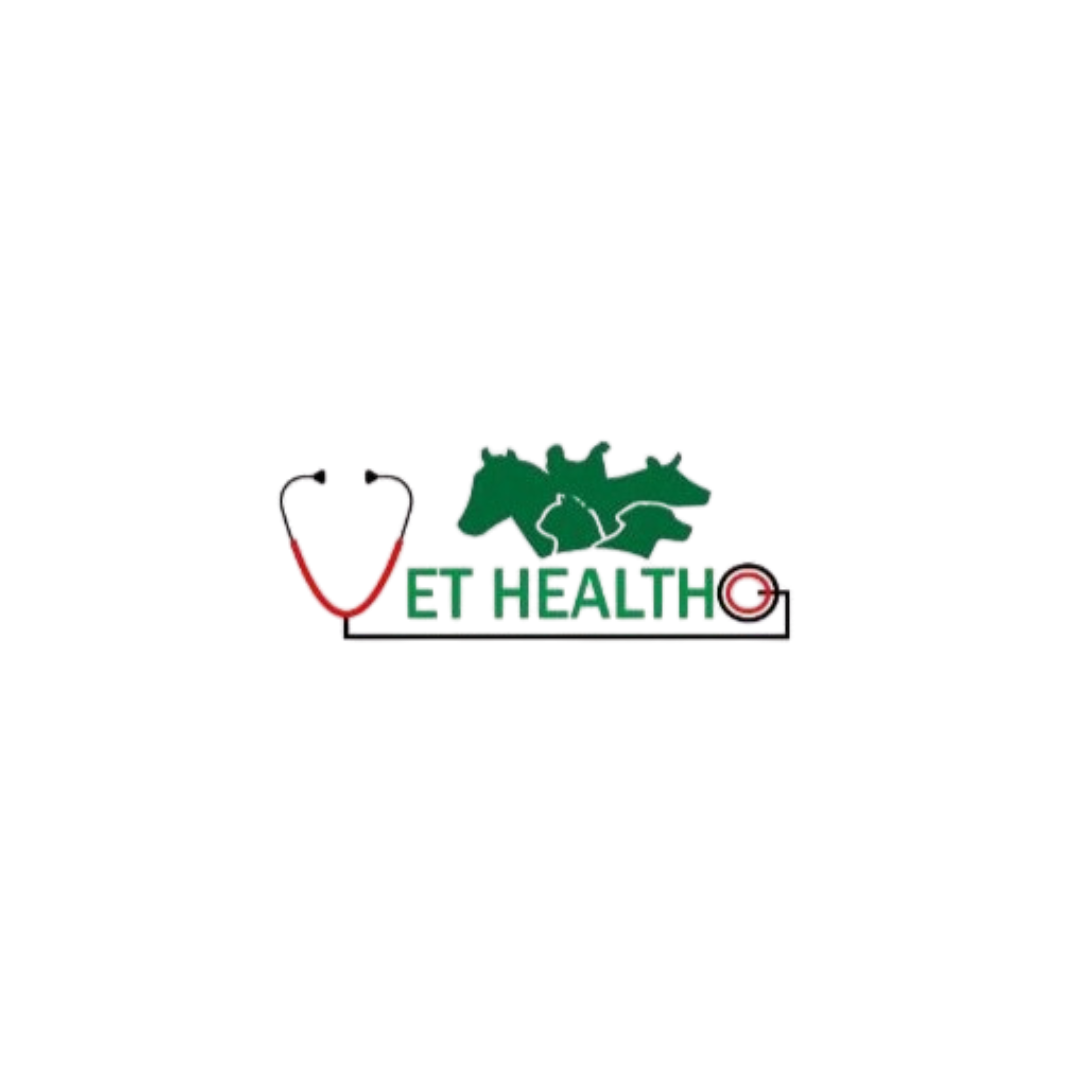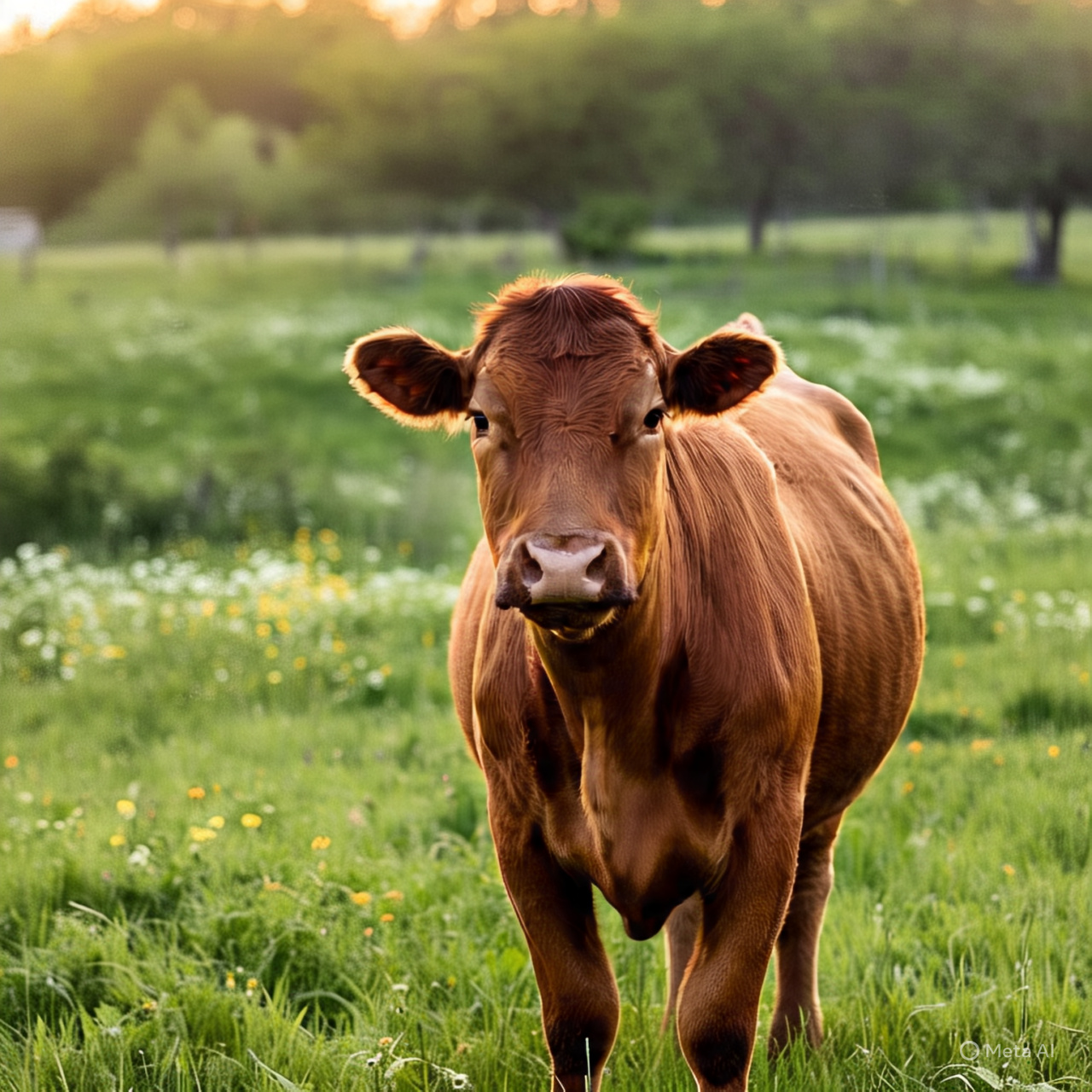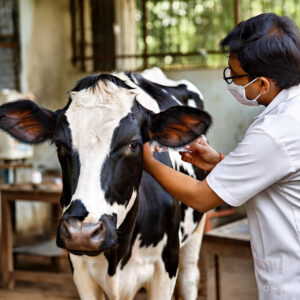Cow calving care is crucial for every dairy farmer. Proper care before and after delivery ensures the health of both cow and calf. It also improves milk production and reduces medical costs. In this guide, we explain the best practices farmers must follow during the calving period.
🐄Pre-Calving Cow Care
🟢 Monitor the Pregnant Cow
- Keep a record of the expected delivery date.
- Look for signs like swelling udders and restlessness.
- Move the cow to a clean, dry, and safe calving pen.
🟢 Nutritional Support
- Provide a high-fiber diet with adequate minerals.
- Ensure calcium, magnesium, and phosphorus are included.
- Fresh water must always be available.
🟢 Clean and Quiet Environment
- Isolate the cow from the herd one week before calving.
- Clean the calving area with disinfectant.
- Avoid stress by minimizing noise and movement.
🐄Signs of Approaching Calving
🟢 Physical Signs
- Vulva becomes enlarged and soft.
- Milk starts leaking from the udder.
- The cow lies down and stands repeatedly.
🟢 Behavioral Signs
- The cow separates from the herd.
- She becomes restless and starts kicking her belly.
- She may stop eating.
🐄During Calving – What Farmers Should Do
🟢 Stay Calm and Observant
- Observe from a distance unless assistance is needed.
- Let nature take its course if the process is smooth.
🟢 When to Assist
Call a vet if:
- Calving lasts more than 2 hours.
- Only one leg appears.
- Cow seems too weak to push.
🟢 Calving Assistance Tips
- Wash hands and arms with antiseptic.
- Use clean gloves and gentle force.
- Apply lubricant if required.
🐄 H2: Immediate After-Delivery Care
🟢 For the Cow
- Remove afterbirth gently within 8 hours.
- Provide warm jaggery water or a glucose drink.
- Offer a high-energy meal with extra minerals.
🟢 For the Calf
- Clear mucus from mouth and nose.
- Allow the calf to suckle within the first hour.
- Ensure colostrum is fed in first 2 hours (minimum 2 liters).
🐄Post-Calving Cow Health Monitoring
🟢 Watch for Infections
- Check for retained placenta or fever.
- Look for foul-smelling discharge.
- If signs persist, consult a vet immediately.
🟢 Maintain Udder Hygiene
- Clean teats before and after milking.
- Use antiseptic udder spray or dip.
- Monitor for mastitis or swelling.
🐄 Calf Care After Birth
🟢 Shelter and Warmth
- Keep the calf in a dry and clean shed.
- Avoid cold wind and damp floors.
- Use a clean jute sack to rub the calf dry.
🟢 Nutrition and Vaccination
- Feed colostrum for 3 full days.
- Gradually introduce calf starter feed.
- Begin vaccination as per vet schedule (FMD, HS, BQ, etc.).
🐄 Common Mistakes to Avoid
- Delaying vet help during difficult calving.
- Not feeding colostrum on time.
- Leaving placenta unremoved after 12 hours.
- Using dirty instruments or hands during assistance.
- Neglecting the calf’s warmth or nutrition.
🐄Benefits of Proper Cow Calving Care
- Higher calf survival rate.
- Faster recovery for the cow.
- Better milk yield and udder health.
- Reduced veterinary bills.
- Stronger immunity in calves.
🐄When to Call a Veterinarian
- Calf is stuck or malpositioned.
- Cow bleeds excessively post-delivery.
- Fever above 104°F or loss of appetite.
- Calf doesn’t suckle or shows weakness.
🐄 Farmer Checklist for Calving
✅ Clean calving pen ready
✅ Nutrition plan for dry cow
✅ Emergency vet contact
✅ Calf feeding bottle or tube
✅ Disinfectants and gloves




